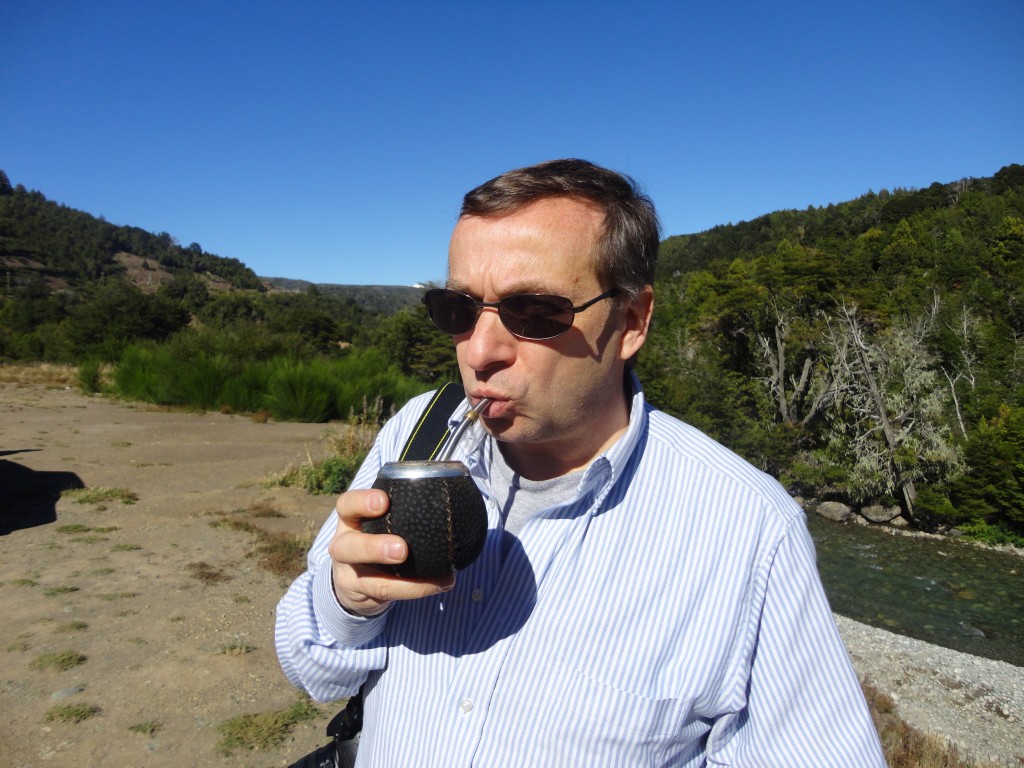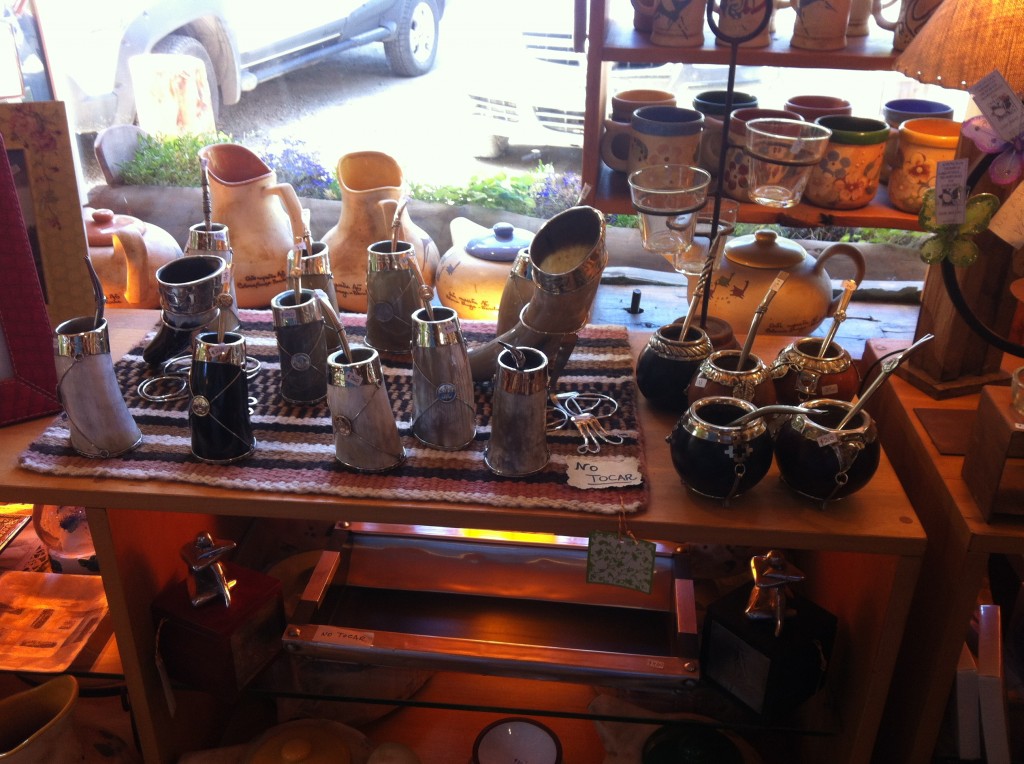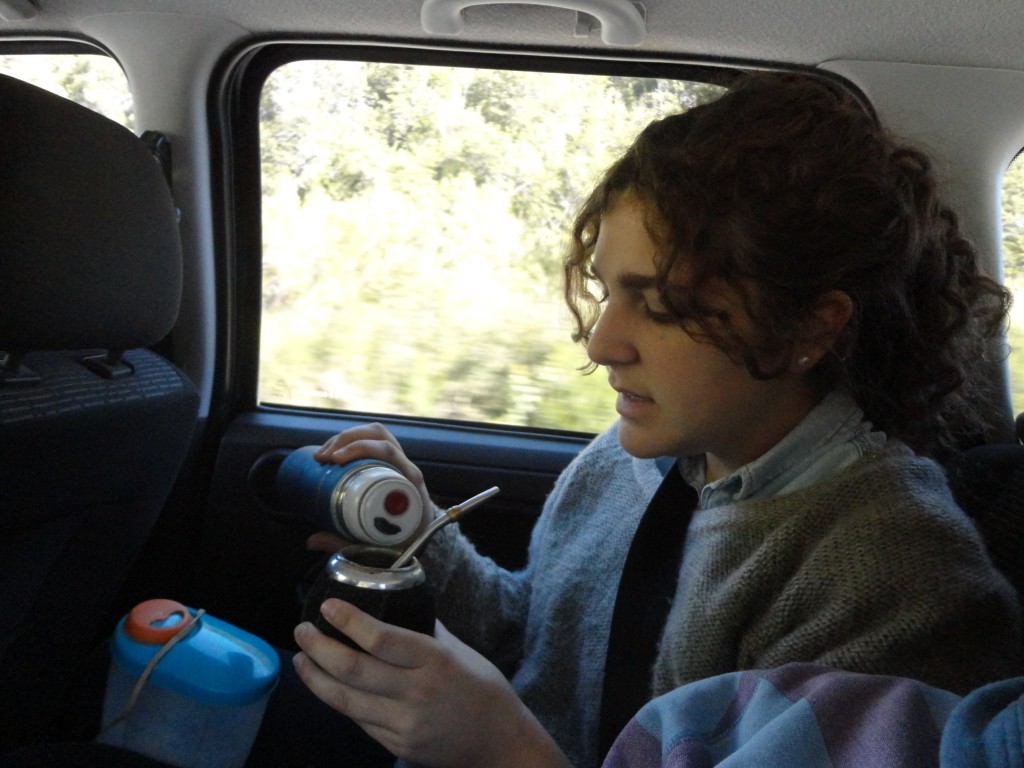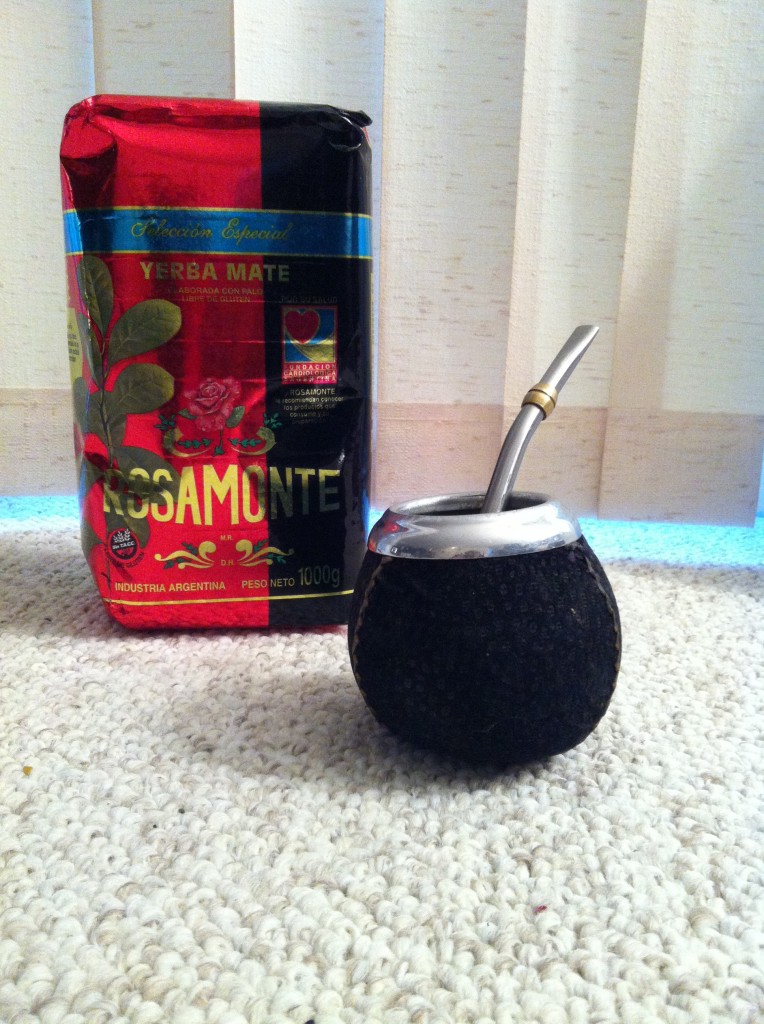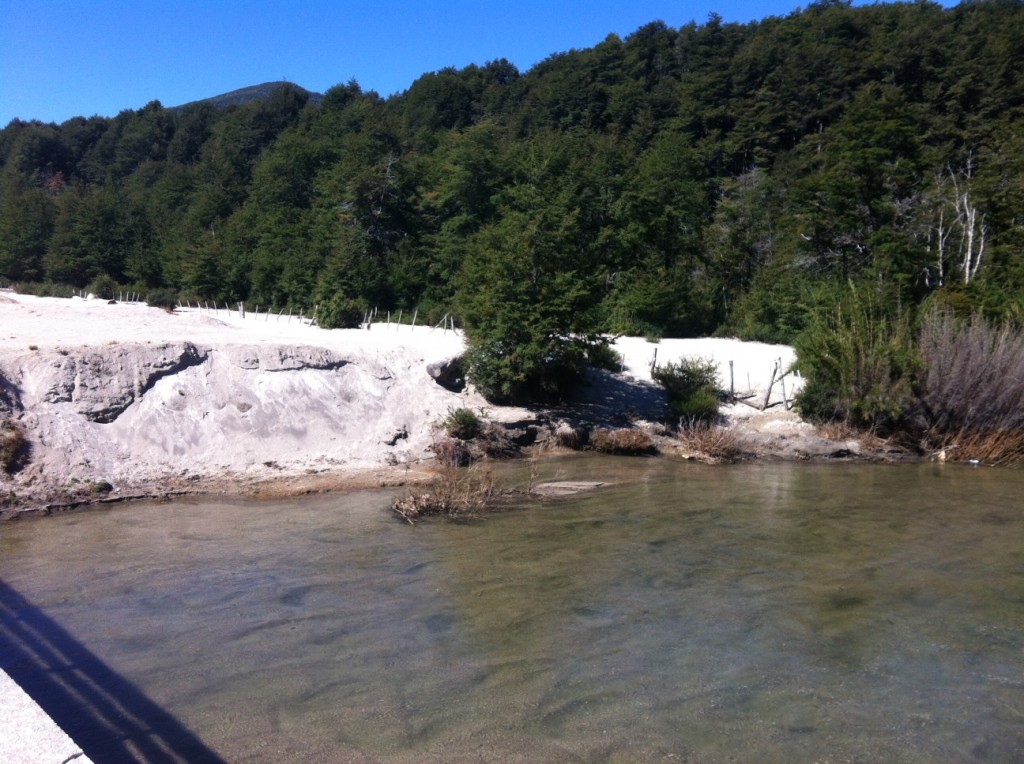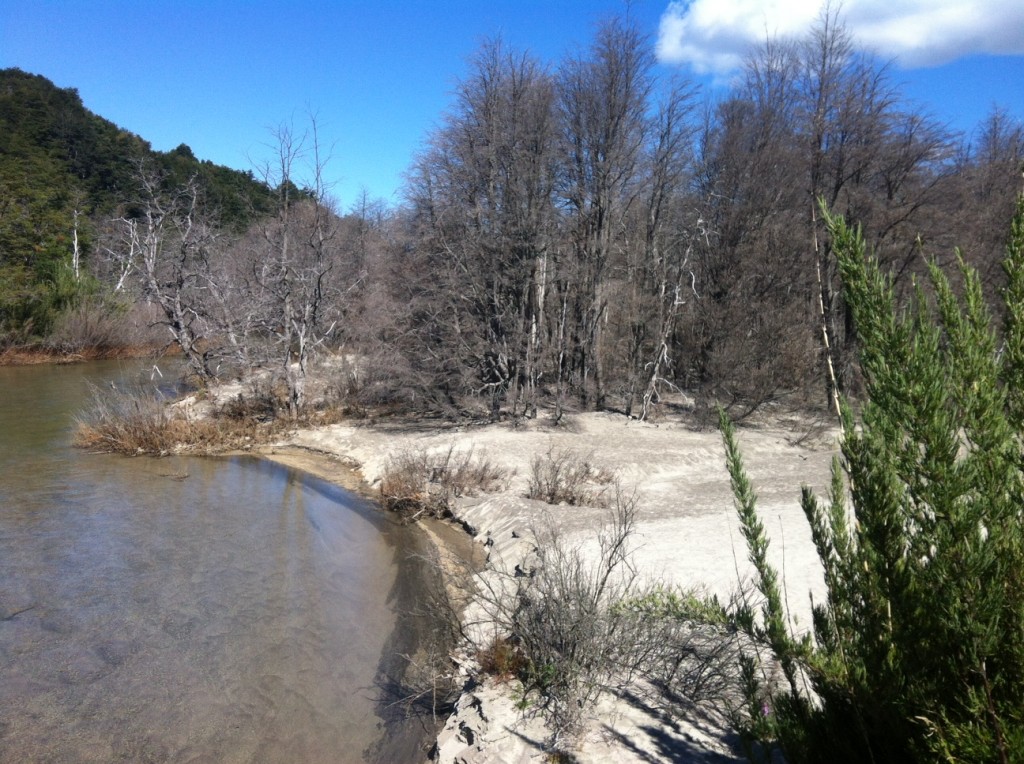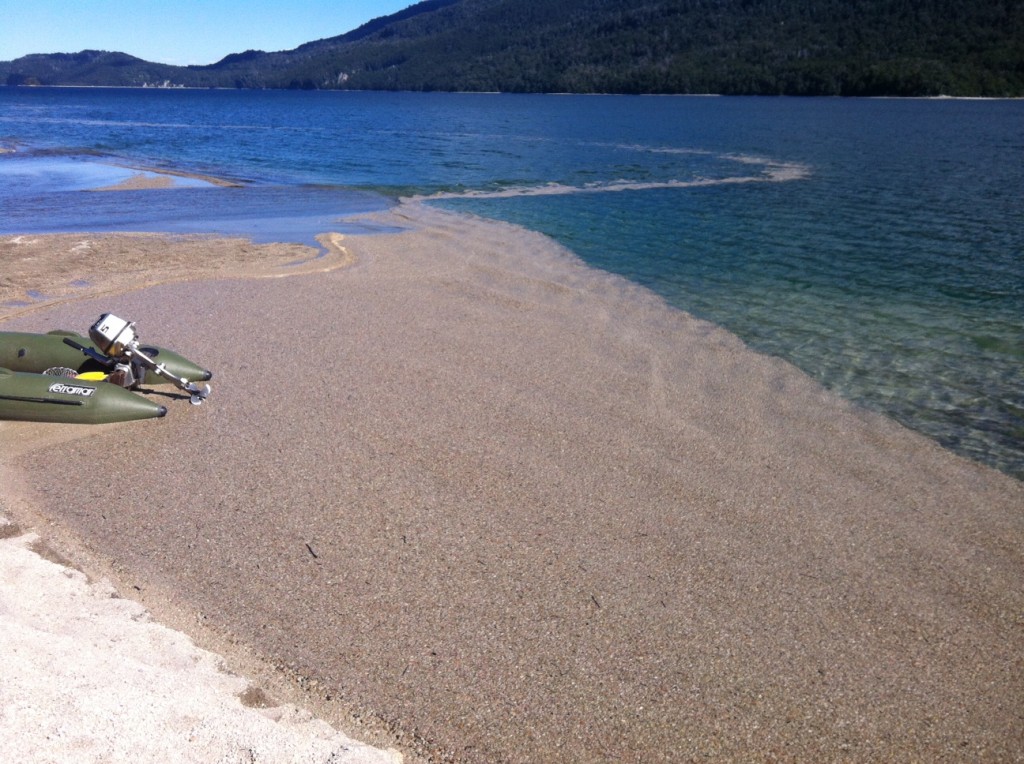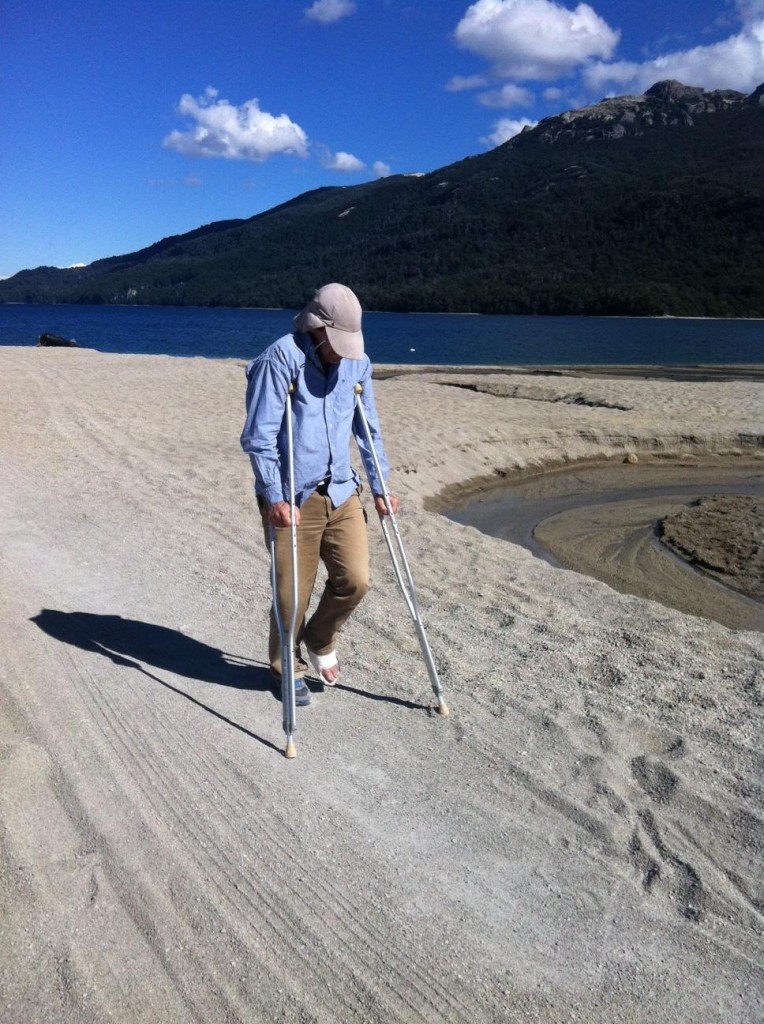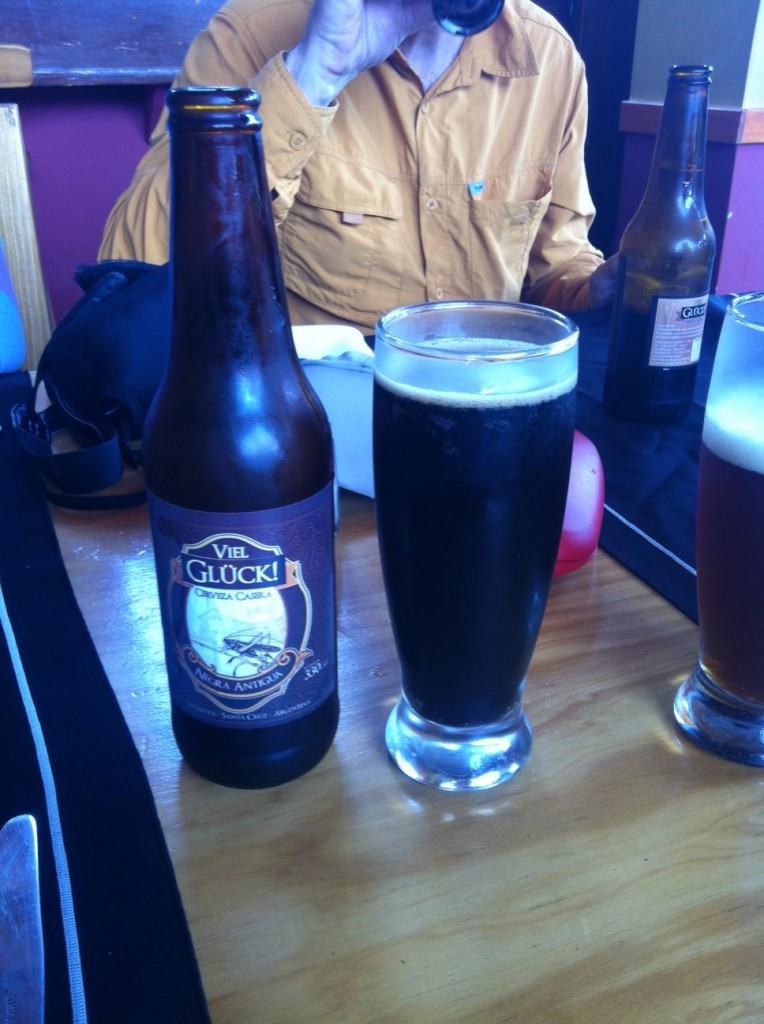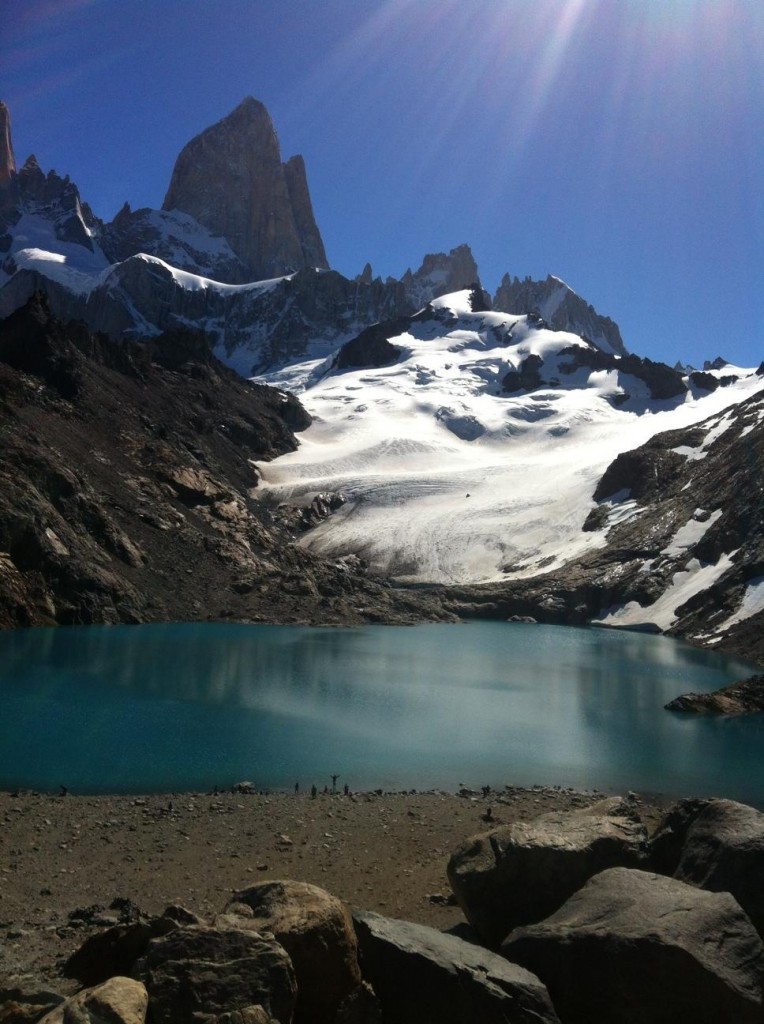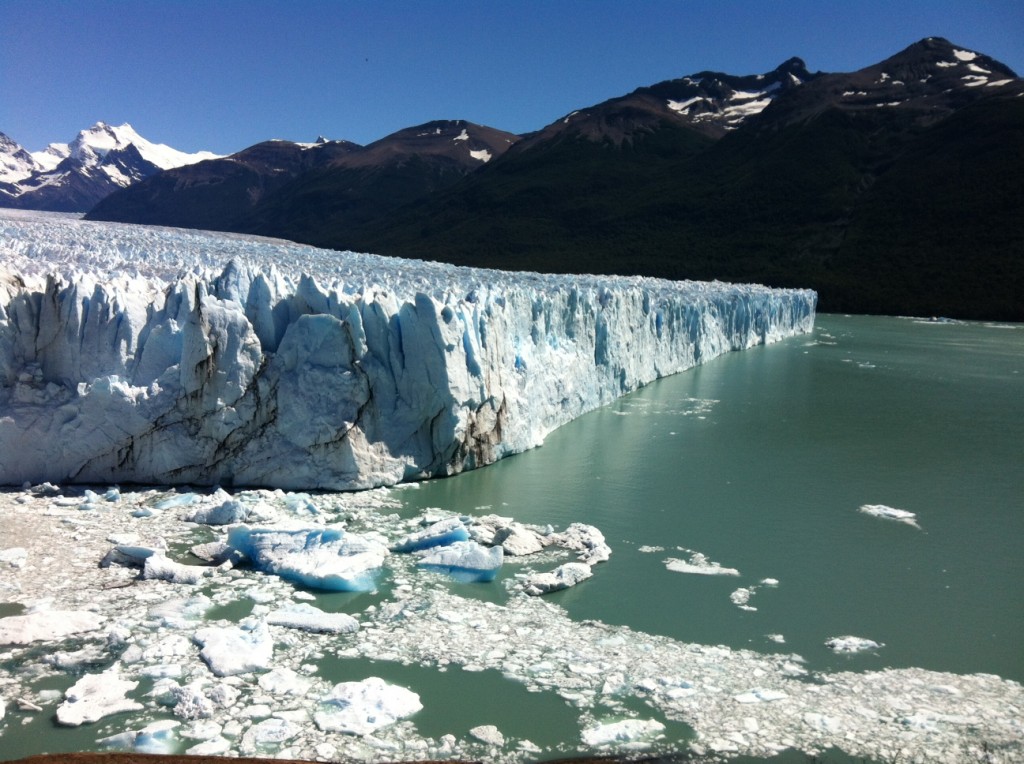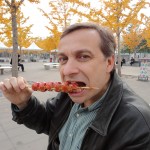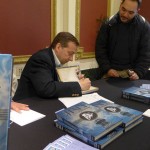 On January 11, 2014 I attended the Second Annual Tesla Memorial Conference at the New Yorker Hotel in New York City. Sponsored by the Tesla Science Foundation, the conference celebrates the life of Nikola Tesla. While there I was interviewed on video by three different groups. Two of those interviews have been posted.
On January 11, 2014 I attended the Second Annual Tesla Memorial Conference at the New Yorker Hotel in New York City. Sponsored by the Tesla Science Foundation, the conference celebrates the life of Nikola Tesla. While there I was interviewed on video by three different groups. Two of those interviews have been posted.
My first interview was with Teslavision.tv and Tesla Magazine. We talked about Nikola Tesla and my book Tesla: The Wizard of Electricity. You can watch the interview here (click on my name below the video to get a full screen version):
David J. Kent – Scientist, Traveler, Abraham Lincoln Aficionado
The success of the book has been incredibly gratifying. More and more people are learning about Tesla. In fact, the theme of the conference was to develop a curriculum for teaching about Nikola Tesla in schools, and my book could play an important role in that curriculum.
The second video is called The Spirit of Tesla. Filmed and produced by James Jaeger, it provides a broader look at the conference. My interview with Marijana Vujkovic is featured throughout, with my first appearance at about the 3:00 minute mark.
I was happy and proud to have the chance to participate in the Tesla Memorial Conference for the second year in a row. I’m looking forward to the next conference in Philadelphia this summer, just in time for the release of the second printing of Telsa: The Wizard of Electricity in July. My ebook about Tesla’s advocacy of renewable energy is also due out in late May, so be sure to come back to check on progress.
More on the Tesla Memorial Conference.
David J. Kent is an avid traveler and the author of Tesla: The Wizard of Electricity. You can order a signed copy directly from me, download the ebook at barnesandnoble.com, and find hard copies exclusively at Barnes and Noble bookstores.
Follow me by subscribing by email on the home page. And feel free to “Like” my Facebook author’s page and connect on LinkedIn. Share with your friends using the buttons below.



